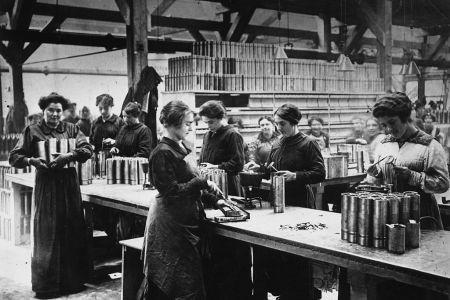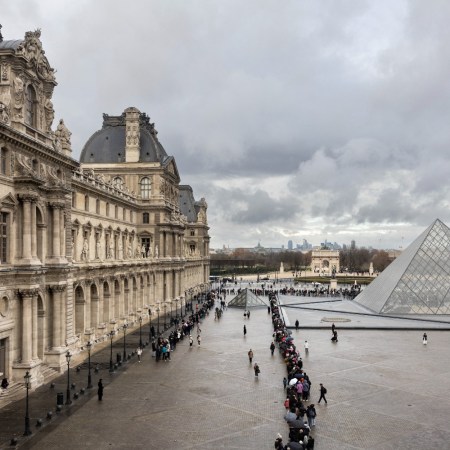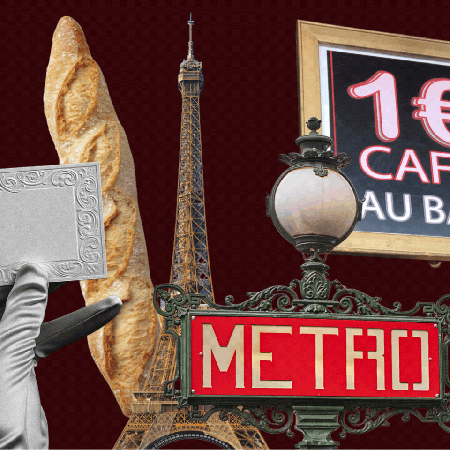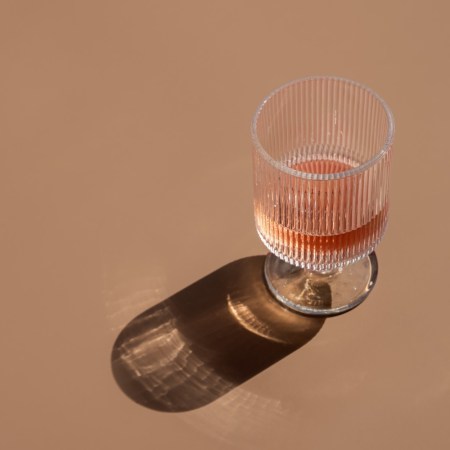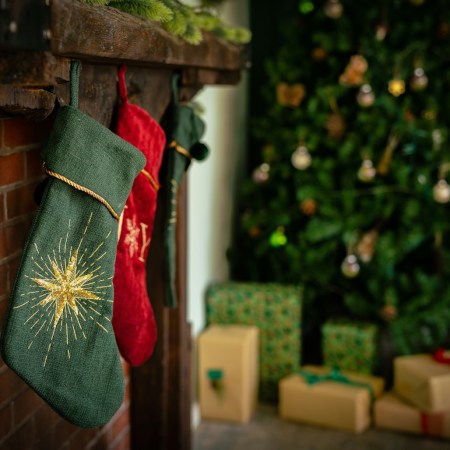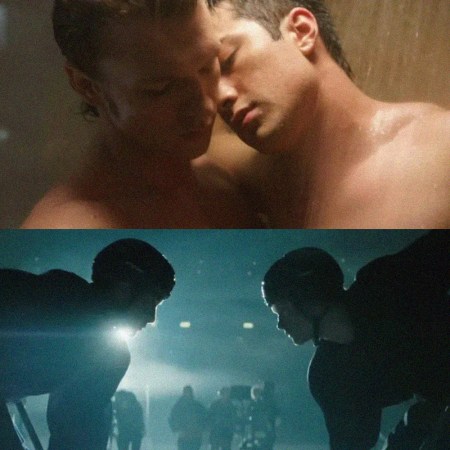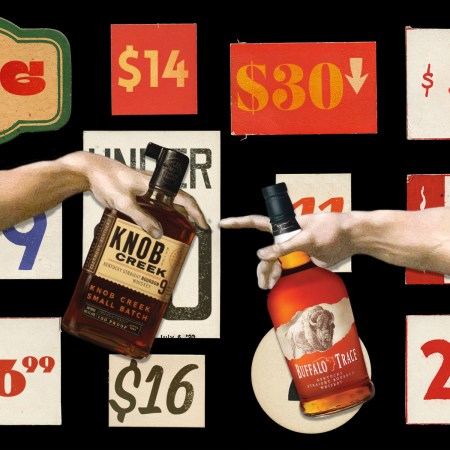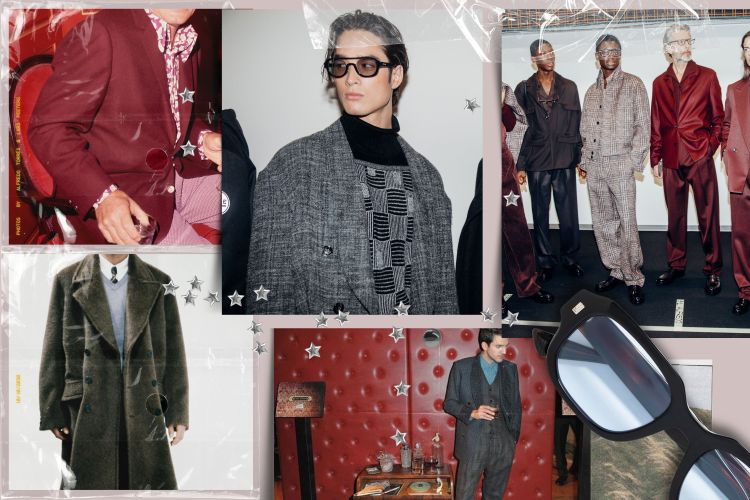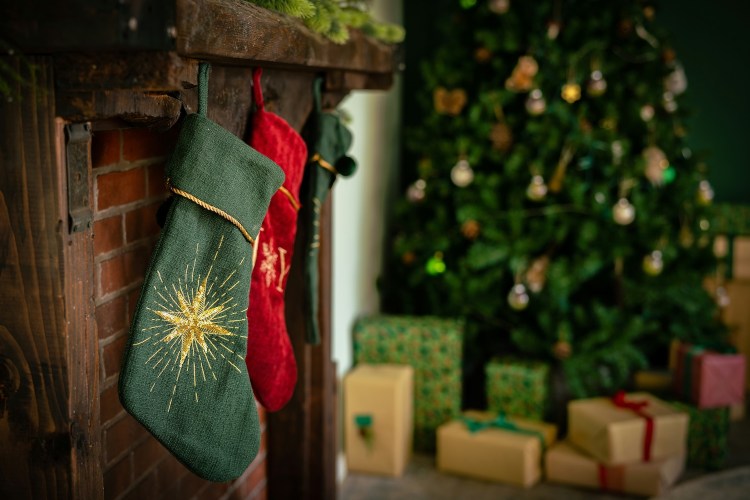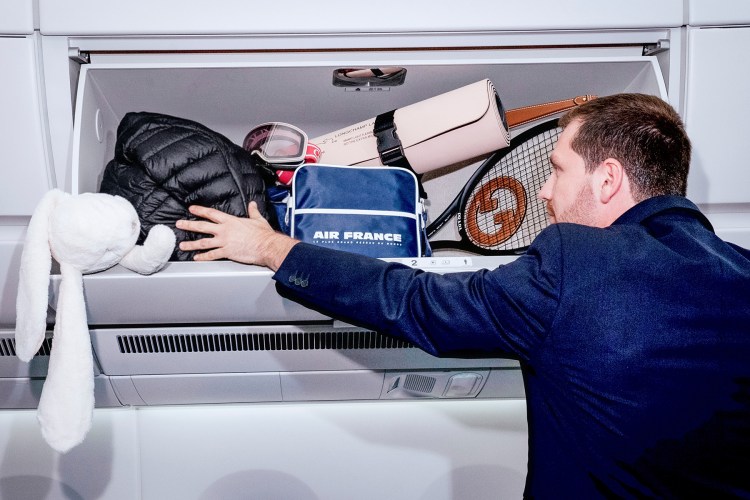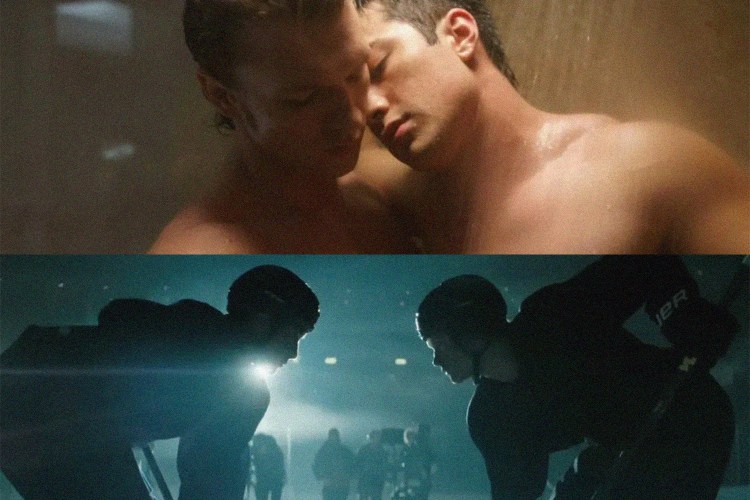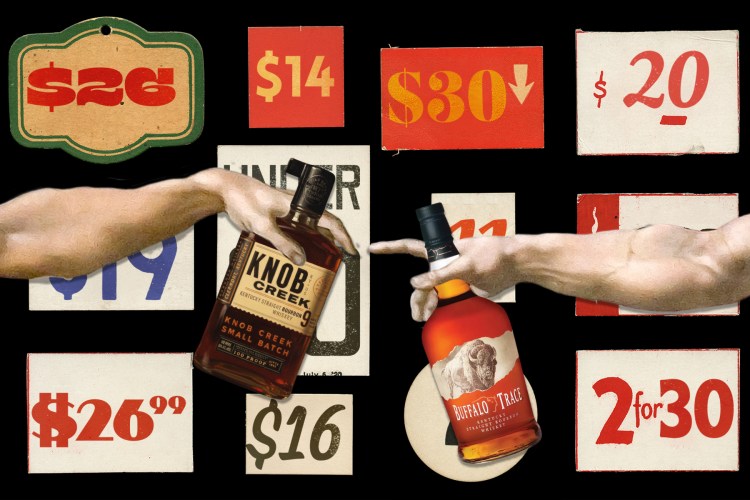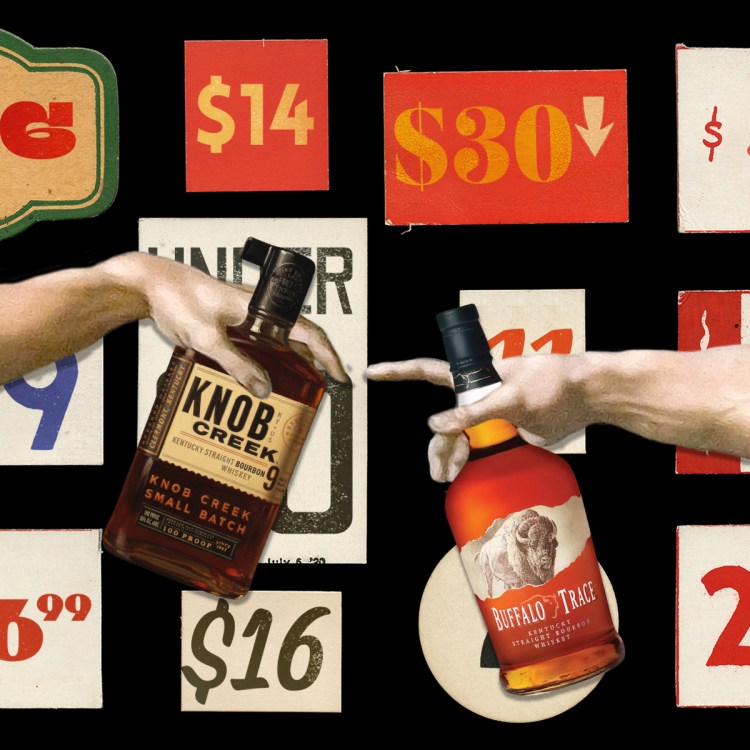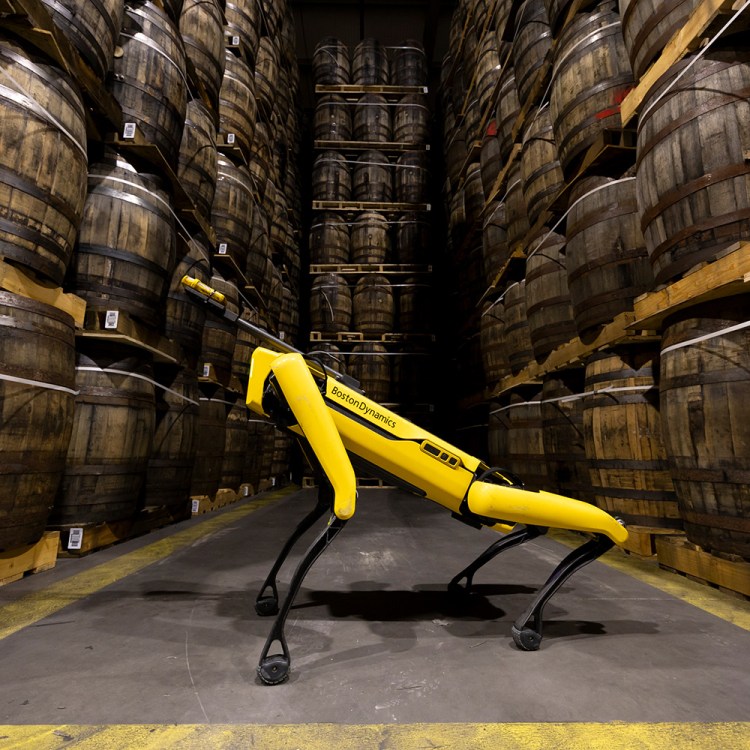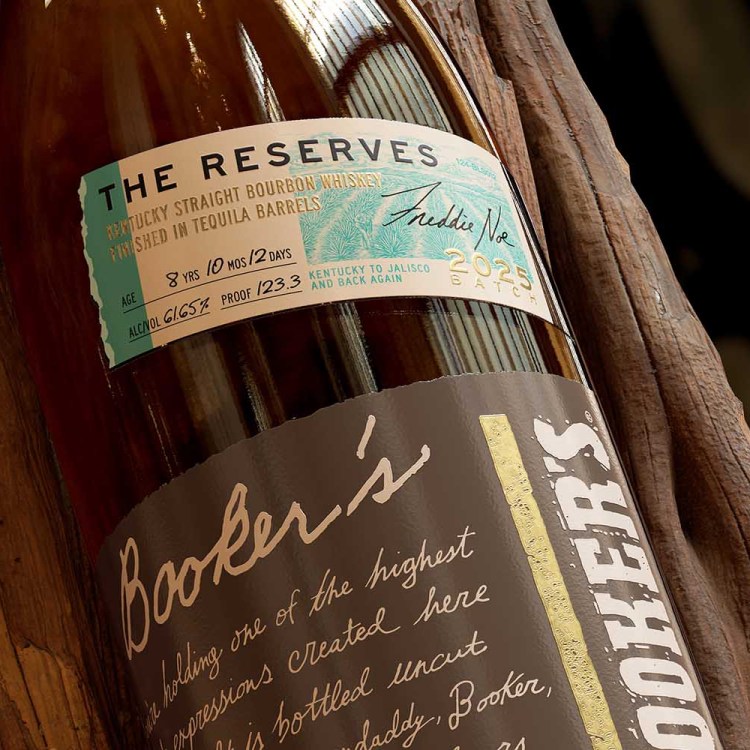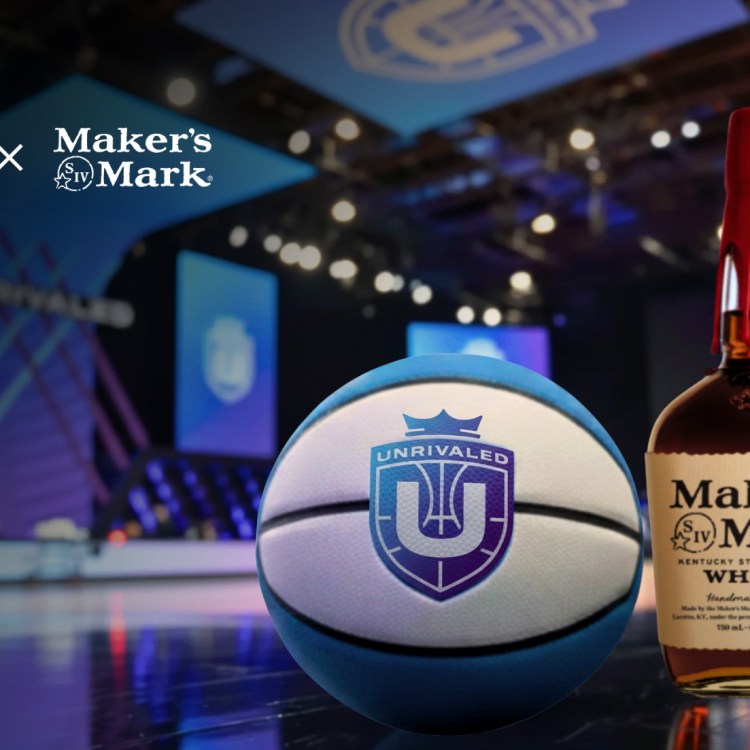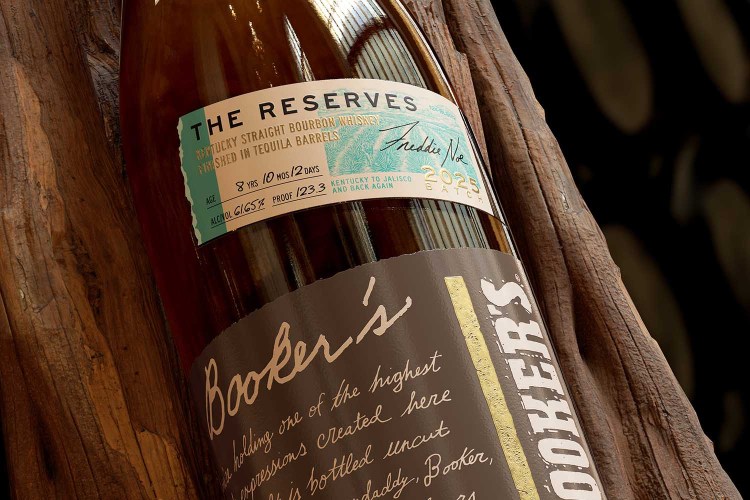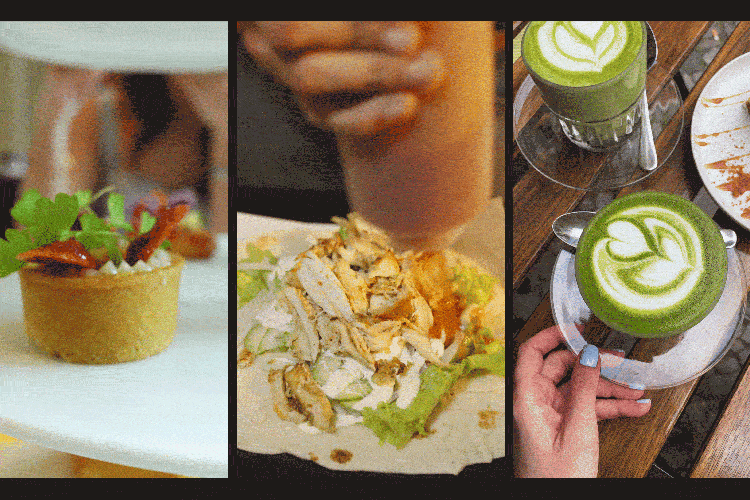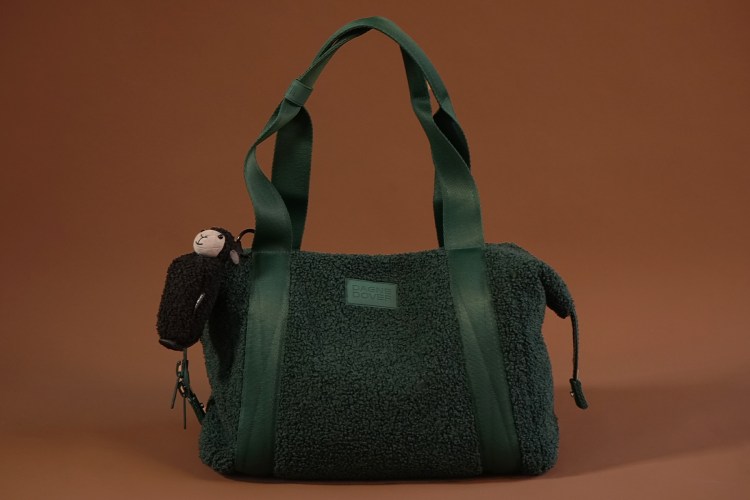This article is part of The Spill Awards 2025, covering the best in spirits, cocktails, bartenders and drinks culture. Find all of the stories here.
Choice of Champagne can say a lot about a person. Yellow labels are safe. Dom Perignon says you have money, a bit of taste and a deep knowledge of Biggie lyrics. Selosse, Savart and Cedric Bouchard are inside baseball, and ordering grower Champagne — a blooming movement of farmer-winemaker sparkling producers — sets off nerd alerts.
But Billecart-Salmon is the Swiss army knife of Champagnes. It’s approachable but not entry-level. Highly artisanal but not esoteric because you don’t need a sommelier’s knowledge of soils or subregions to appreciate it. The wine is expensive, but not unreasonably so; Billecart-Salmon Brut Reserve will run you $70. It’s offered at some of the world’s most exclusive and prolific restaurants, but my local bodega (shockingly) stocks it if emergencies or celebrations strike.
“Billecart-Salmon stands out as one of the few Champagne houses still family-owned, offering a consistent style and high-quality because they haven’t tried to ramp up production like some of the bigger houses,” says Jonathan Kleeman, a hospitality consultant and one of England’s top sommeliers. “They are wonderful to work with as a sommelier and don’t use pressure tactics to secure listings.”
The winery’s history dates back to 1818, when newlyweds Nicolas François Billecart and Elisabeth Salmon set up shop in Mareuil-Sur-Aÿ, a sleepy village 10 minutes from the famed town of Épernay. Two-hundred odd years later, and Billecart-Salmon still calls the 18th-century buildings home, albeit with some tweaks; the family’s historic residence was recently renovated into a grand tasting room, for example. Details nod to the family’s Champagne lineage — wallpaper is made from dried grape skins, tasting tables are upcycled from Champagne bottles and a coffee table sits on vine branches.
In the heart of the village lies Billecart-Salmon’s Clos St. Hilaire, a walled, single-parcel vineyard kept under lock and key. Here, seventh-generation family member Mathieu Roland-Billecart is playing with what Champagne looks like in the future. He’s bringing in beekeepers and planting different flora to see what biodiversity adds to the soil. Horses work that soil, and sheep graze between the vines. Scenic, yes, but the efforts also help with the health of the land. All of the grapes from this vineyard end up in Clos St. Hilaire, an ethereal, profoundly singular Blanc de Noir.

Under your feet, tunnels built in the 17th century weave through the town. During the first World War, soldiers and citizens took refuge in the vaulted tunnels; carvings and cartoons still linger on the walls. It is moist and mildewy down here, but Champagne likes that because temperatures are cool and consistent.
The rules of Champagne dictate that wines must spend a minimum time aging on the lees: 12 months for non-vintage Champagne, three years for vintage. Those are rookie numbers for Champagne Billecart-Salmon. The winery’s entry-level options spend 30 months aging on lees, while vintage-dated wines can rest for upwards of a decade before they reach your glass.
Blending is a bit of a beast. Every vineyard and grape variety are made into dozens of individual wines. Then they blend, tinkering and tweaking, taking wines from this parcel or that, seasoning it with spoonfuls from their perpetual reserve.
They are equally judicious with dosage, conducting different blends and approaches to sort out what best represents the vintage. Then a panel of colleagues and trusted friends sit down and taste through all of them, over and over, through dozens upon hundreds of bottles.
“Simple Sabotage” — The CIA’s Guide for “Rascally Spies”
America’s WWII advice for citizen saboteurs included telegram tampering and giving bad directions.It’s rigorous and exacting. Think about making 400 Martinis, each with minute differences between them — 5% more vermouth here, a different gin there, 45% gin and 50% vodka versus 46% gin and 51% vodka.
“To me, it is an infinitely fascinating puzzle, with each variety and plot being vinified separately and masterfully pieced together right before bottling for that distinctive Billecart house style,” says Joon Lim, sommelier at Umi in Atlanta.
“I like Billecart-Salmon because one of its defining characteristics is its meticulous winemaking process,” says Antonio Polise, head sommelier at Koyn Japanese and Koyn Thai. “The house is known for its slow, low-temperature fermentation methods, which enhance the finesse and purity of the wine. This technique contributes to the signature freshness and balance found in Billecart-Salmon Champagnes, something that really drives my choice.”
In the 1970s, Jean Roland-Billecart decided to focus on brut rosé, which had long been considered a second-class, rather basic wine — a style not worth spending time on. Their Brut Rosé is anything but. It’s inquisitive and layered with rhubarb and wild strawberry, racy acidity and a vegetal umami.
“This elegant rosé Champagne is powerful and elegant while still maintaining that delightful refreshing quality I always want with a Champagne,” says Andy Chabot, senior vice president of food and beverage at the lauded Blackberry Farm.

“I’ve always enjoyed the non-vintage rosé, but the ‘07 Elisabeth Salmon [a vintage-dated rosé] was off the charts,” says his colleague Kelly Schmidt. “It was truly ethereal — so delicate and rich at the same time with bright red fruit,”
Lim pours the Brut Réserve by the glass. “It embodies that signature style, all built within a framework of elegance and finesse that perfectly resonates with fresh fish,” he says. “It’s one of the most versatile tools we have on the list. It has a way of tying many different flavors together.”
There’s also the Cuvée Nicolas François, their tête de cuvée. “I love the richness and power, with baked apples, brioche and warm caramel,” Lim adds. “It’s like fall in a glass to me. It’s contemplative as it is food friendly and pairs well with weightier dishes, like lobster tobanyaki and duck leg confit.”
What really won me over and helped Billecart-Salmon secure its spot as The Spill’s Winery of the Year is the Sous Bois, a savory, buttered and seductive wine aged in oak and perfected by adding older wines into the blend.
“Billecart ‘Sous Bois’ is one of my favorite assemblage Champagnes,” says Krista Church, sommelier and general manager of Neighborhood Vintner in Austin, Texas. “I adore Champagne with presence. It is built for more than canapés and oysters — you can stretch the limits of pairing with it. The thoughtful use of oak in fermentation and extended lees aging gives it a concentration of power that can stand up to deeply savory dishes (especially roasted mushrooms), but it has judicious dosage and just enough acid to stay light on its feet.”
Every Thursday, our resident experts see to it that you’re up to date on the latest from the world of drinks. Trend reports, bottle reviews, cocktail recipes and more. Sign up for THE SPILL now.


